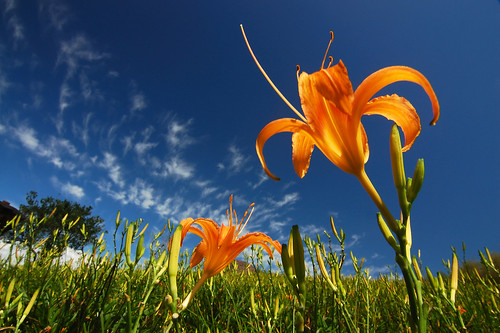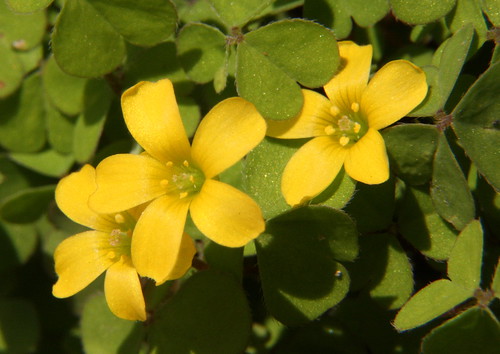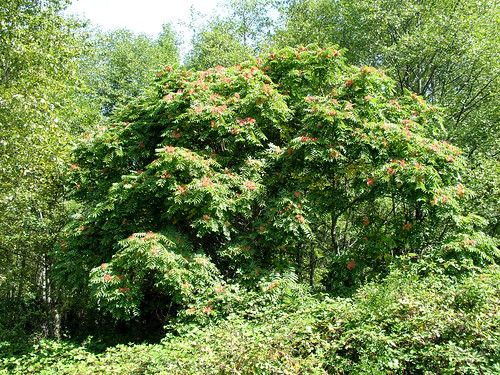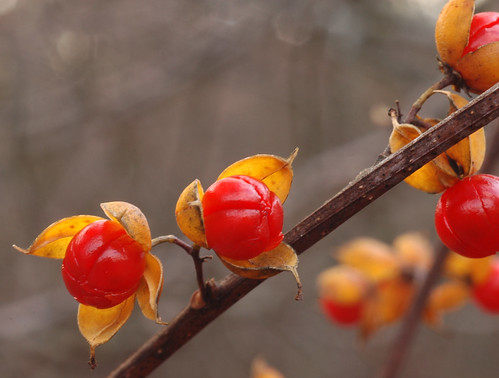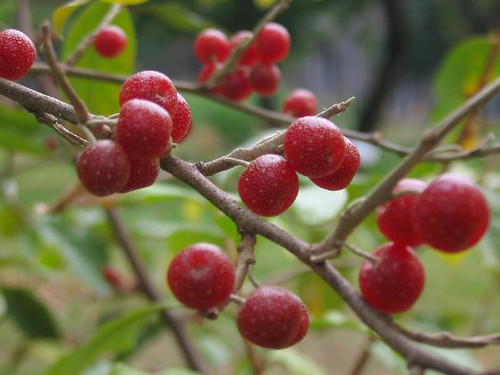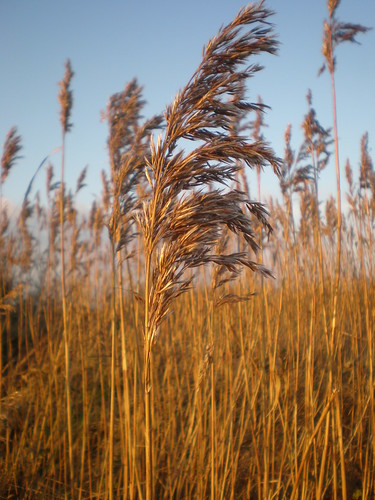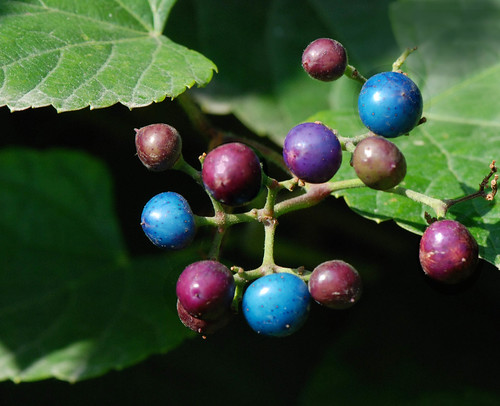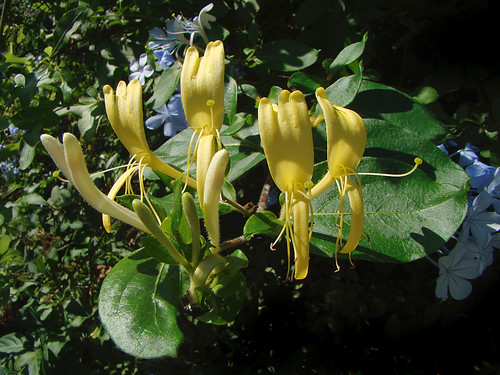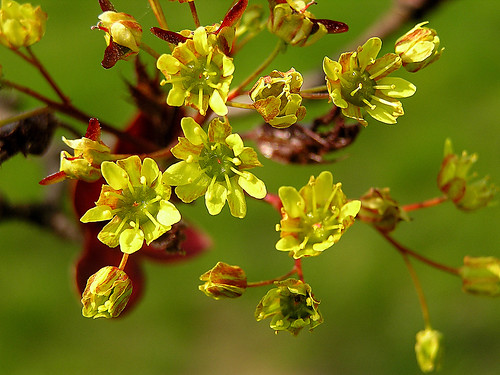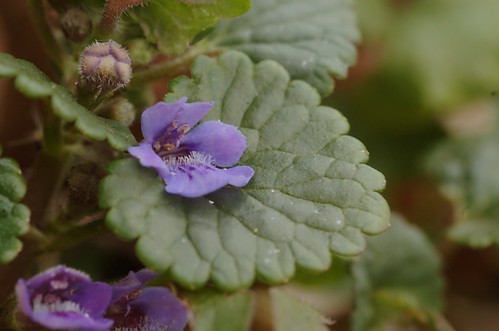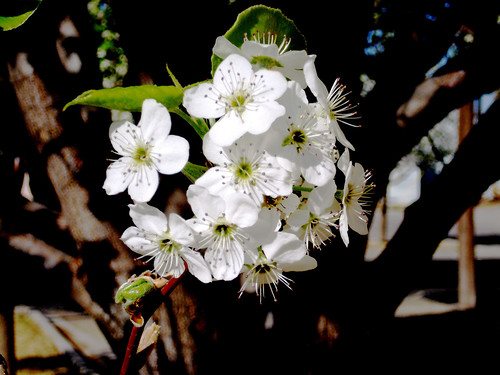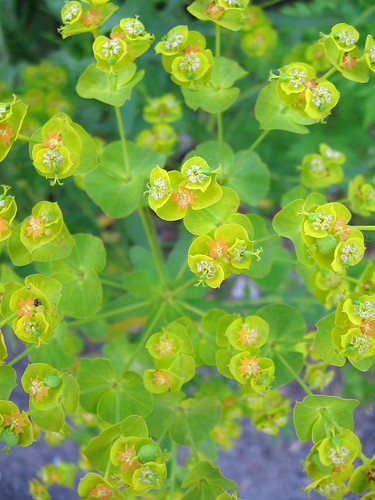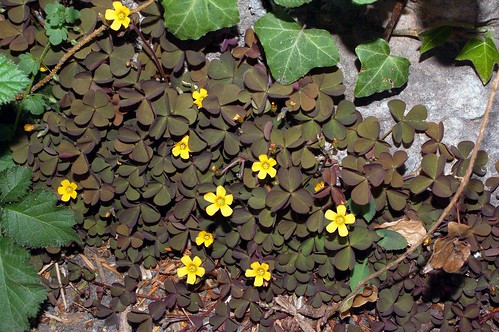TheGardenLady received this comment from Susan:
My mother planted [Snow on the Mountain] 37 years ago. We bought her house 21 years and we are still trying to get rid of it. I am at my wits end!! But I have decided this year is gonna be the end of it! I have made it my personal challenge to finally see the end of it. I curse my mother every year when I see it. She thinks it’s funny. I however do not!! I cringe every time I’m in a garden center and see them selling it. It gives me anxiety. It must die!! Lol
It is interesting to this Garden Lady that so many of the plants that were brought to the US as ornamental or medicinal plants, have now
become invasive, noxious weeds. My lawn problem is ground ivy, glechoma hederacea, which was brought to the US as an ornamental or medicinal plant in the 1800s. It is interesting to me that it seemed to take so long for these plants to become pests. There is a long list of ornamental plants that have become invasive. Ornamental plants like Japanese and Chinese Wisteria wisteria floribunda and W sinensis, Callery Pear pyrus calleryana and Common periwinkle, Vinca minor are a few plants that have become invasive. Go here for some other invasive plants.
Your problem is Snow on the Mountain also called Goutweed or Bishop’s weed- Aegopodium podagraria. You are correct that this plant is difficult to eradicate. One has to get rid of all the root. To do it without chemicals, first remove your good plants from the area where you want to get rid of the Snow on the Mountain. Dig down 2 1/2 feet to get all the root. Put removed roots in the garbage, do not compost it. Then cover the dug area with black plastic and let sit fallow for 6 months. This should get rid of at least one area of the plant. See here.

